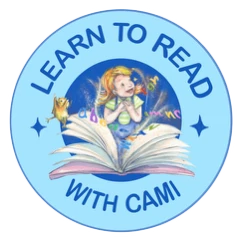Letter recognition refers to the ability to visually identify and name the letters of the alphabet.
Letter recognition is a foundational skill in early literacy development enabling children to identify and name letters, which is essential for learning phonics and the relationship between sounds and written symbols. It also enhances visual processing skills and will assist with spelling when children are ready to learn to write.
